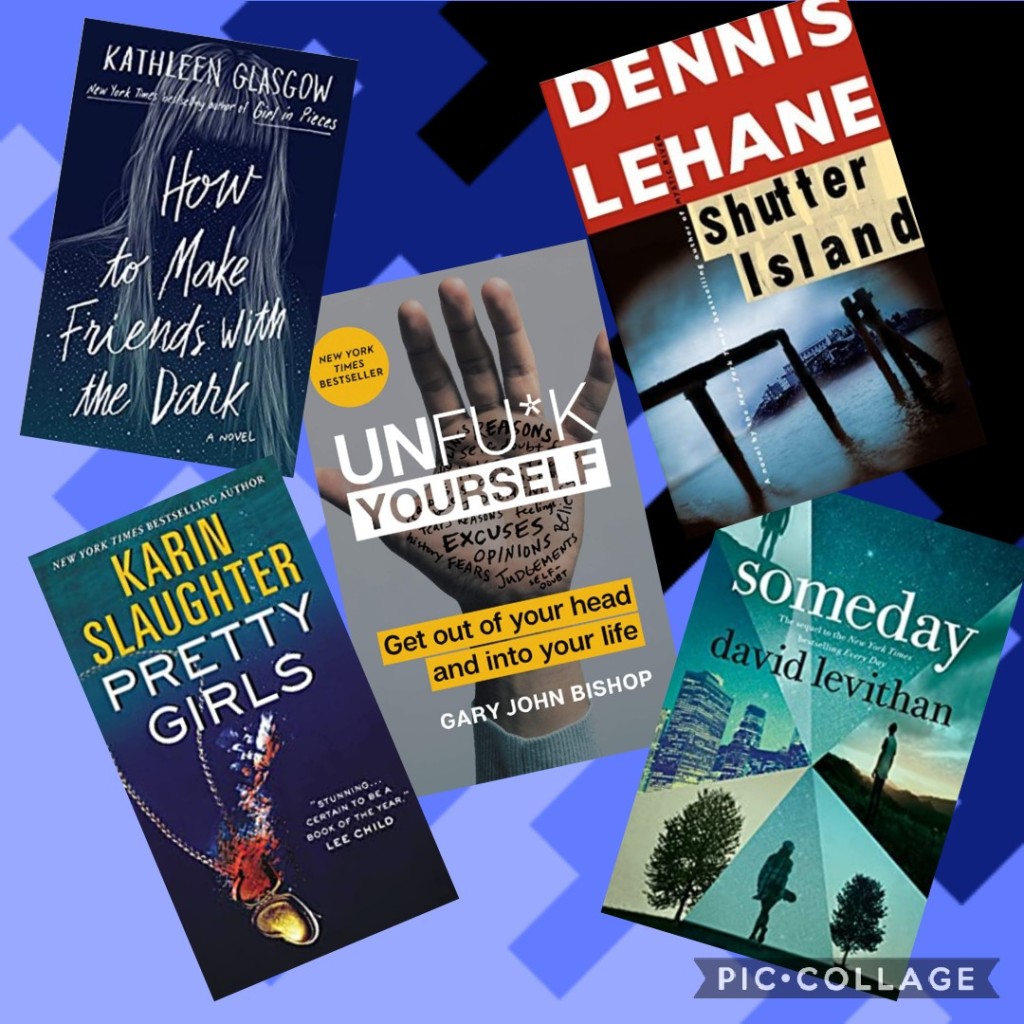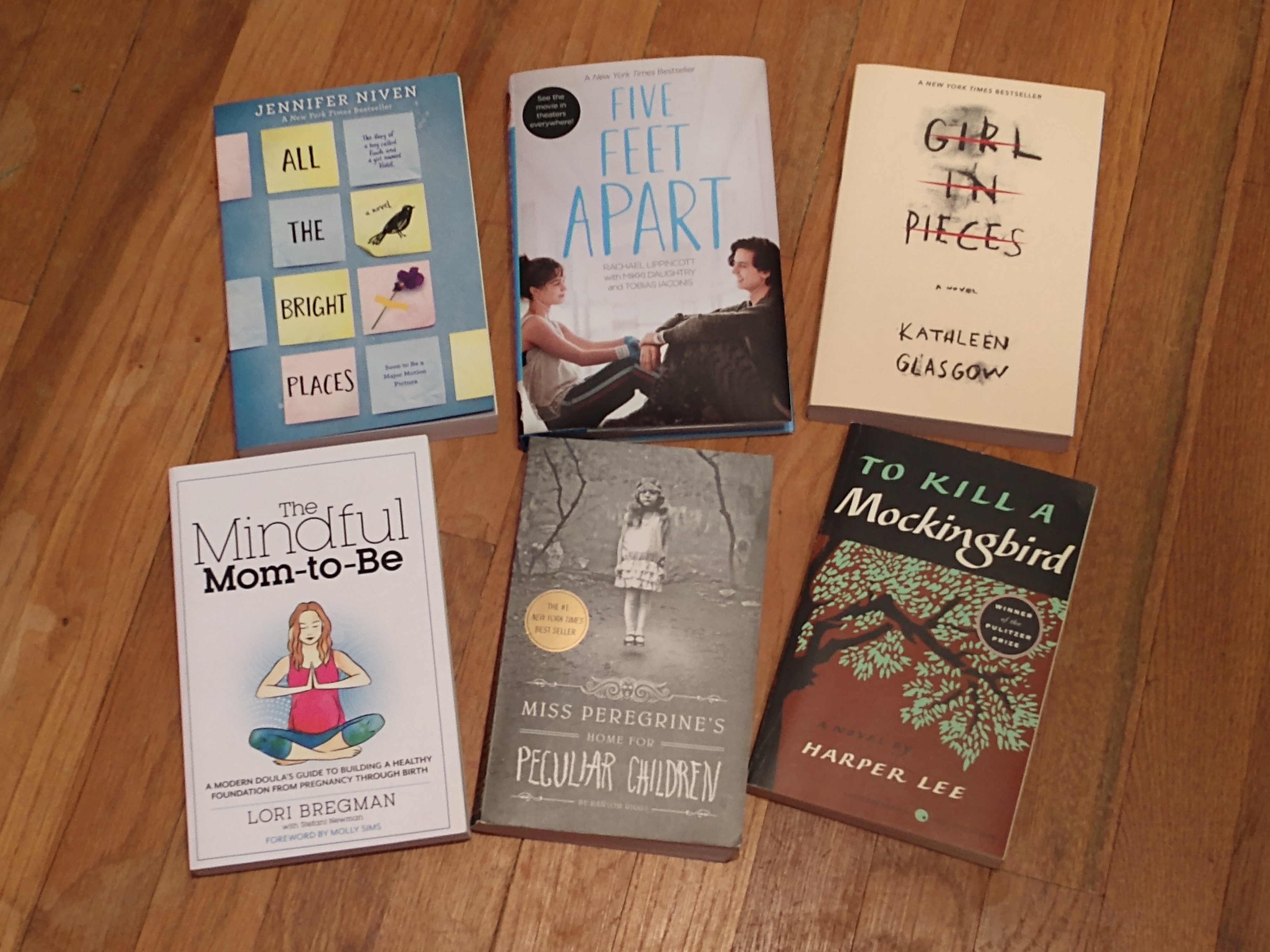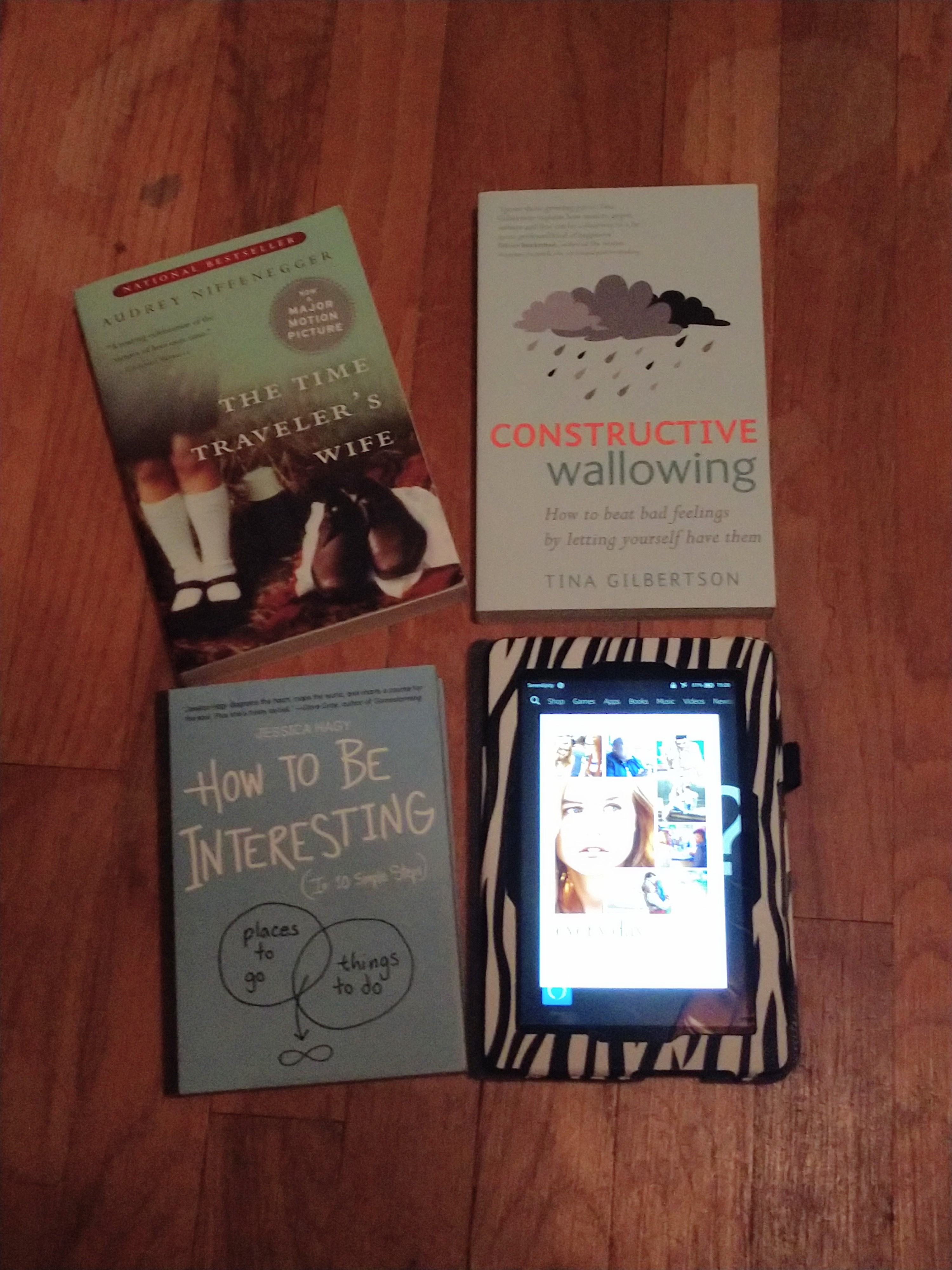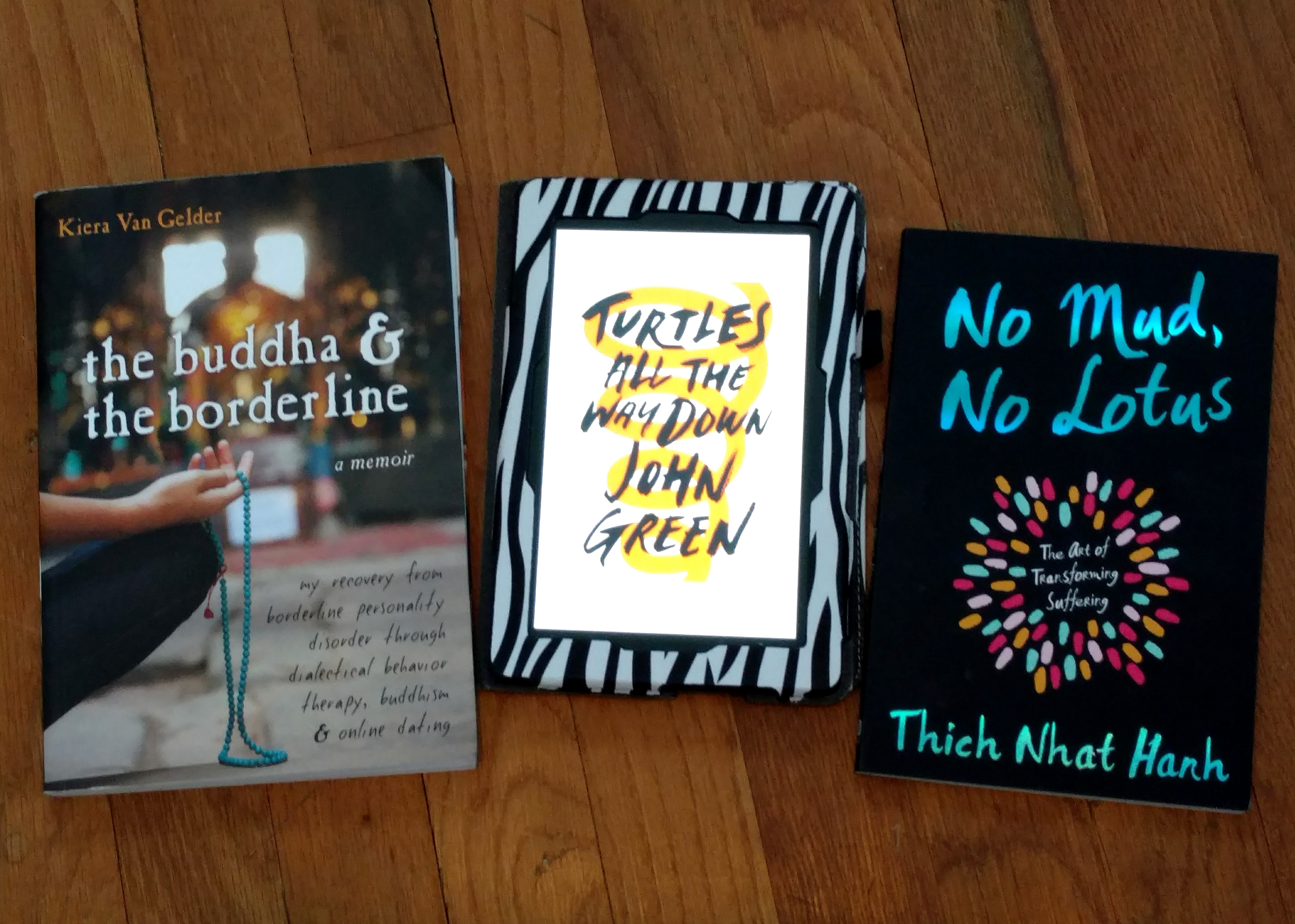This history of my application, appeal, hearing, and approval process for Social Security Disability Insurance (SSDI) and Supplemental Security Income (SSI) is intended to give readers a glimpse into the steps in the process and some tips for their own application. It is not a definitive guide to SSDI/SSI.
My first of three initial applications for SSDI/SSI was submitted in April 2015. I had been out of work since the beginning of December 2014, having quit my full-time warehouse job due to significant work stress leading to multiple hospitalizations. I was promptly rejected, because I did not have enough work credits for my age. The number of credits required goes up as you get older, based on the assumption that you had more opportunity for work. Unfortunately, I had spent a total of five years housebound due to severe anxiety, but had not received any sort of diagnosis or treatment, so I could not deduct that time from my eligible work years.
I needed about 6 more months of work to be eligible, so I applied for a job at a local hospital. It was less than part-time, and even if the hours had been available I could not have worked full-time. However, I assumed that working would make it impossible to get approved.
I applied again in June 2016. I was still working, but I believe my therapist at the time encouraged me to re-apply. I was scheduled for an assessment by a psychologist I had never met, which mostly consisted of him testing my memory and subtraction skills – nothing to do with the actual limitations caused by my disability! Another unfortunate event here, as I was told to bring someone with me to the appointment. My mother and I drove there separately and in the middle of my assessment she knocked at the psychologist’s office door. When he opened the door, she said, “Hospital. Now. Love you.” I freaked and was like, “What hospital? Why?” She said, “Christ. Transplant,” and rushed off.
Mom had a kidney transplant when I was 16, and after 17 years it failed. She’d been on dialysis for about 3 years at this point, and got the call that a kidney was available during my assessment. Needless to say, I was excited for her, which conveyed to the psychologist that I was not actually depressed, and distracted by my desire to get to the hospital, which prevented me from expressing how my disability affects my capacity for work. I received a rejection letter a couple of days later.
TIP: Appeal your rejection.
I did not appeal my rejection, as I had received an acceptance letter to return to college the same day as mom’s transplant and my ill-fated psychologist appointment. Again, I made the assumption that this would prevent my approval, so I dropped it.
I started college part-time. I continued my work at the hospital. In January I was hired to work at a mental health organization, and turned in my 2 weeks’ notice at the hospital. My new job lasted for 5 months before I was so desperately ill that I had to quit. I was still making the assumption that my “success” in college would prevent approval. I was maintaining a 4.0 GPA, but at great cost to my mental health. I only attended part-time and still experienced numerous hospitalizations. It was only through the grace of a very dedicated advisor that I managed to stick with it.
At some point, someone (possibly my current therapist) persuaded me to apply again. I submitted that application, again at the initial step of the process, in December 2017. I was rejected quickly. I submitted the appeal form immediately, adding any new developments since my application. I was again rejected, although a little more time passed.
In May 2018, I hired a local disability attorney. From there, the only work I had to do was to answer questions when he asked. In our initial meeting I brought him any paperwork I already had on hand, and provided him with a list of all doctors I’d seen and hospitals I’d stayed in. He requested any missing files, and submitted it all to the Social Security Administration (SSA). The lawyer stated that it was a ridiculous case, and given the paperwork I had submitted it should have been approved on the initial application.
The estimated time frame for a hearing before the judge was 18 months. I had mine almost exactly 12 months after hiring the lawyer, in May 2019. Three days after my much-awaited graduation from college. My therapist drove me to the nearest major city for the hearing. She was not allowed in the room, because my lawyer did not think it was necessary for her to testify.
In the room, aside from myself and my lawyer, were the judge, an employment expert, and a court reporter. The hearing was also audio recorded. My lawyer made a statement, I made a statement. We made sure to emphasize two factors: the difficulty with which my college degree had been obtained, and the fact that even when I was externally appearing to function at a job, I was self-harming in secret.
Tip: Talk about your worst symptoms on your worst days. It’s humiliating and degrading, but you will not win the case by sugarcoating how bad your symptoms can be.
The employment expert requested clarification on some issues pertaining to my past employment. Then the judge gave her a scenario full of legal mumbo-jumbo based on how she had interpreted my situation, and asked if there were any jobs I could do. The employment specialist stated that I could be a floor waxer or industrial cleaner. My lawyer and I managed not to laugh at the fact that those would both be a fast-track to suicide due to boredom and lack of purpose. The judge then gave her the same scenario, with the added detail of missing two days of work per month. The employment specialist stated that this would be completely incompatible with work.
The judge thanked us and stated that I would receive her decision in the mail within six weeks. I expected it to be the full six weeks and come back unfavorable. My lawyer had warned me that this judge was very careful to review all the information, and that she denied a larger percentage of his cases than he thought appropriate.
I was utterly shocked – and terrified – when her decision arrived in a mere two weeks. I was utterly shocked – and delighted – when it stated “fully favorable”. My disability date was set at the date I had left my last job in July 2017.
Back pay is calculated starting five months after the disability date, so I had accumulated back pay from the beginning of December 2017 to sometime in July 2019 when I started receiving payments. I do not recall the exact amount I had signed over to my lawyer in the contract. I believe it was 25-30%. I was okay with this, as it was still a decent chunk of money, plus the monthly payments, which I would never have received without his help.
So began a series of very confusing letters. It is now April 2020 and everything has just recently settled into predictability. So here’s the sort of things to expect after being approved:
- Back Pay: Back pay depends on the disability date the judge sets and is subject to the lawyer’s fee.
- Monthly SSDI Payment Amount: This will be set based on your work credits, and increases annually for a cost-of-living adjustment.
- SSI Approval: If approved, you will receive a separate payment monthly. I was approved, but initially given no payment as I was living with my mother and they deducted estimated housing expenses. When I purchased a home, I had to go back to the SSA office and provide documentation of all my new expenses in order to start receiving SSI.
- Loss/Reduction of Public Benefits: My monthly SNAP amount fell drastically once I was approved for SSDI.
- Transition to Medicaid: I lost my special state health insurance plan in October 2019 and it was replaced with traditional Medicaid, which has much greater restrictions on which providers I can use.
- Addition of Medicare: My Medicare coverage began in January 2020. I now have it as my primary insurance, and the 20% it does not cover then gets submitted to Medicaid as secondary insurance. Medicare is a NIGHTMARE. I was automatically enrolled in Part A (hospitalization) and Part B (doctor’s visits), with the option to decline Part B. I also had the option to sign up for Part D (prescriptions). Part A is free. Part B and D are deducted from the monthly SSDI payment, but in most cases these premiums can be covered by the state if the recipient also has Medicaid.
- Part D NIGHTMARES: The plan I chose was supposed to be paid by the state, and even if it wasn’t, I had a letter from SSA saying it was being deducted from my monthly SSDI payment. It was, and the Part D provider repeatedly tried to double-bill me for the premium and gave me incorrect information in a really nasty tone when I called multiple times to straighten it out. Also, with Medicaid I never had to pay for prescriptions, but now I have a co-pay. There is an Extra Help program that reduced the cost of the copay to no more than $3.60 per prescription, but I have repeatedly been billed more and then received a refund check in the mail.
For a very long time, I felt like the approval wasn’t worth it. I was drowning in all this new and confusing paperwork, and feeling very down on myself about being ill enough to qualify. I promise it gets better once the kinks are worked out. I hardly ever tell my therapist I’m worthless anymore (at least not for the reason of receiving SSDI).
The best part is, there are a ton of resources out there after approval. I will talk more about Vocational Rehabilitation (VR) in the future, but my VR counselor referred me for benefits counseling, where I learned a ton about my options for trying to go back to work, special savings accounts I could open (some with matching programs), and applying to have my student loans forgiven. All these steps are very much a work-in-progress, but I will happily share information as I learn more.

 [Not pictured: Bird Box by Josh Malerman. Read the Kindle edition on my phone.]
[Not pictured: Bird Box by Josh Malerman. Read the Kindle edition on my phone.]

